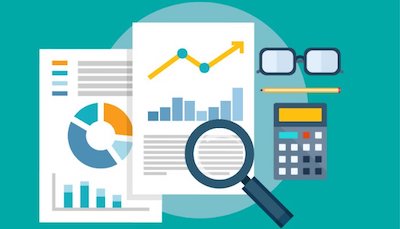What To Do When You Can’t Run the Ideal Analysis
One of the things that many statistics students struggle with is on the quest to find the right analysis. While this should be praised, the hard reality is that in many situations, there isn’t one right analysis. If you take a look at a textbook, for example, you will see that they only tend to … Read more


